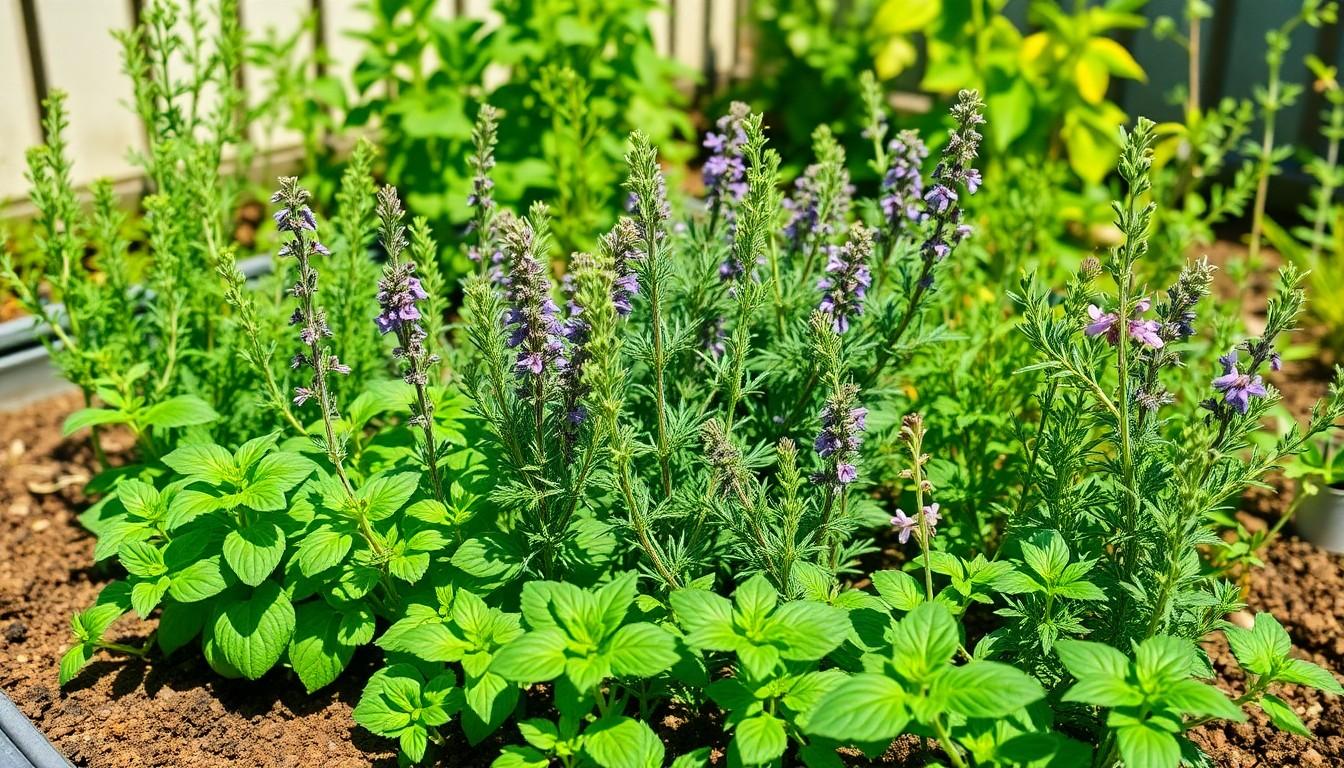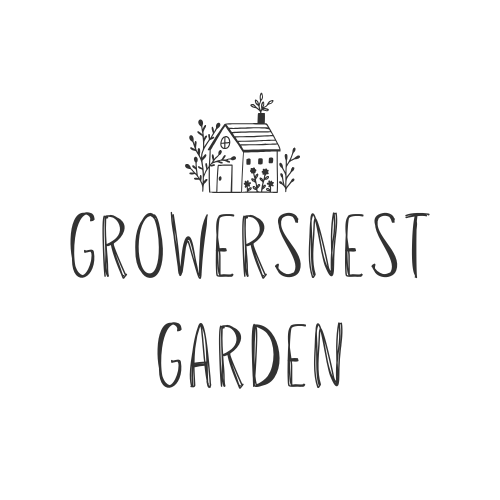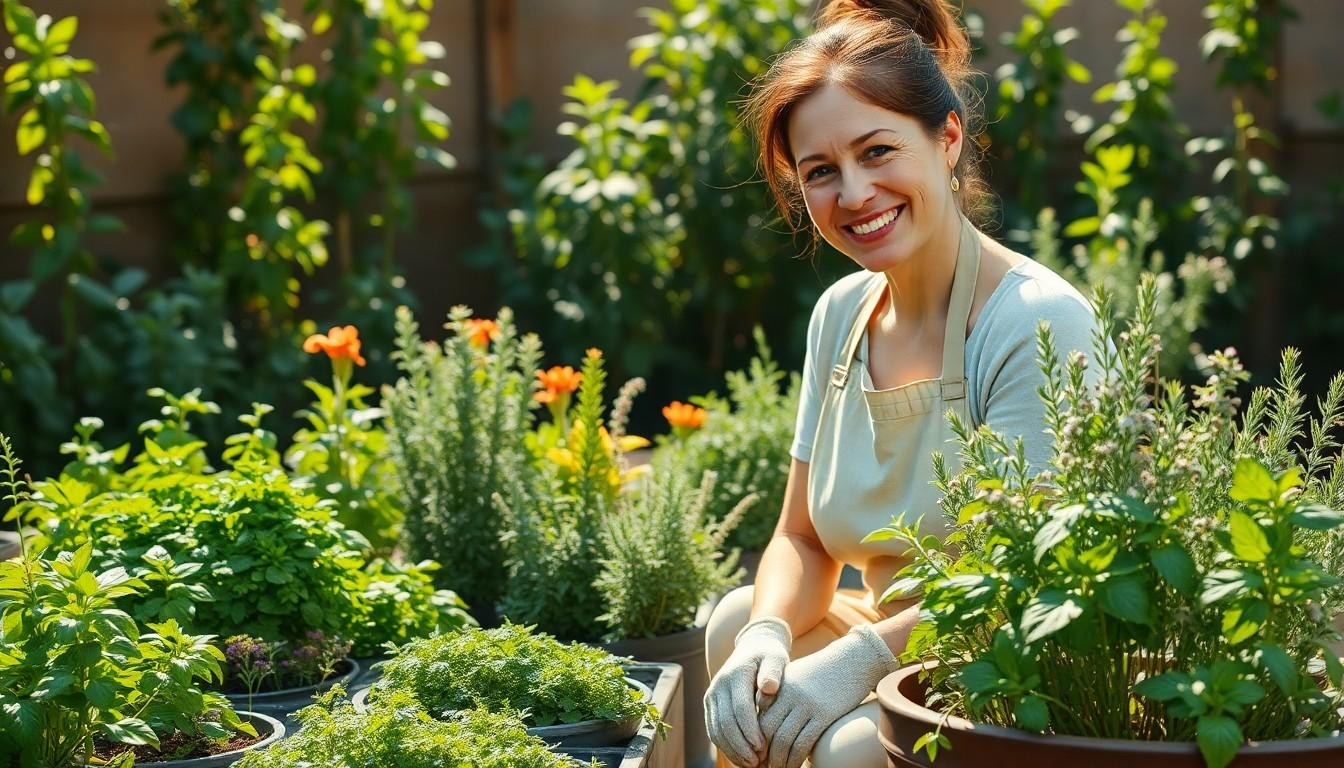Imagine stepping into your backyard and being greeted by the fresh aroma of basil, mint, and rosemary. Creating an herb garden isn’t just about adding greenery; it’s about crafting a personal paradise that elevates cooking and boosts your culinary skills. Whether you’re a seasoned chef or a kitchen novice, a well-designed herb garden can transform everyday meals into gourmet experiences.
Herb Garden Design
Herb garden design focuses on creating functional and aesthetic spaces for cultivating herbs. Incorporating thoughtful designs can enhance the beauty and usability of any garden setting.
Importance of Herb Gardens
Herb gardens play a vital role in promoting biodiversity. They attract various beneficial insects, such as bees and butterflies. Sustainable gardening practices often incorporate herbs to improve soil health. Having an herb garden adds layers of visual interest, enhancing outdoor aesthetics. Additionally, they provide accessible sources of fresh ingredients for cooking, promoting healthier eating habits.
Benefits of Growing Herbs
Growing herbs offers numerous advantages for gardeners and cooks alike. Fresh herbs elevate flavors in dishes, making meals more enjoyable. Economically, cultivating herbs at home can reduce grocery expenses significantly. Herbs are often easy to maintain, making them ideal for beginner gardeners. The medicinal properties of some herbs promote wellness. Cultivating herbs provides a sense of accomplishment and connection to nature, enriching the gardening experience.
Key Elements of Herb Garden Design

Designing an effective herb garden involves several key elements that contribute to its success and visual appeal. Proper planning can enhance the gardening experience.
Choosing the Right Location
Selecting an optimal location significantly influences herb growth. Sunlight access must be abundant, with most herbs thriving in full sun for at least six to eight hours daily. Proximity to the kitchen encourages frequent use and upkeep. Good air circulation aids in preventing diseases, so locations with moderate wind exposure are ideal. Additionally, avoid areas that collect water to prevent root rot. Consider the convenience of water access; proximity to a hose or watering can simplifies maintenance and ensures proper hydration.
Soil Considerations
Healthy soil promotes robust herb growth. Well-draining soil with a mix of organic matter supports nutrient retention. Testing soil pH is essential, as most herbs prefer slightly acidic to neutral conditions, around 6.0 to 7.0. Adding compost enriches the soil with necessary nutrients, fostering healthy plants. It’s important to incorporate materials like sand if the soil is heavy or clayey, improving drainage. Regularly amending the soil with organic fertilizers sustains nutrient levels and supports long-term growth.
Designing Your Herb Garden Layout
Creating a well-planned herb garden layout enhances its functionality and attractiveness. Thoughtful organization leads to healthier plants and easier maintenance.
Companion Planting Strategies
Employing companion planting maximizes herb benefits. Certain herbs repel pests while improving the growth of their neighbors. For example, basil thrives near tomatoes, enhancing flavor while deterring pests. Likewise, mint can repel aphids when grown alongside cabbage. Additional combinations include rosemary with beans, which can help ward off unwanted insects. Understanding these relationships simplifies gardening and fosters a healthy ecosystem.
Traditional vs. Modern Designs
Traditional herb gardens often feature formal layouts with symmetrical rows and classic designs. Such designs emphasize aesthetic appeal and easy access for maintenance. Contrastingly, modern herb gardens embrace a more organic approach, focusing on diverse plant arrangements and companion planting principles. This flexibility supports biodiversity while utilizing space creatively. Both designs cater to individual preferences, allowing gardeners to choose what resonates with their style and goals.
Maintenance Tips for Herb Gardens
Maintaining an herb garden ensures its health and productivity. Regular attention to watering, fertilization, pruning, and harvesting enhances growth and flavor.
Watering and Fertilization
Herbs require consistent moisture, but overwatering can lead to root rot. Check the soil with a finger test; if it feels dry an inch deep, it’s time to water. During the growing season, apply organic fertilizer every four to six weeks to support robust growth. Liquid fertilizers work well, allowing for quick nutrient absorption. For container gardens, ensure drainage to prevent excess water. Additionally, consider mulching around plants to retain moisture and reduce weeds.
Pruning and Harvesting
Pruning encourages bushier growth and prevents plants from becoming leggy. Trim regularly, focusing on the top third of each herb. Harvesting should occur in the morning when oils are most concentrated, enhancing flavor. Snip leaves without removing more than one-third of the plant at a time to ensure continual growth. Use clean scissors for cuts, minimizing the risk of disease. By following these practices, herb gardeners maintain healthy and thriving plants.
Flavorful Experience
Creating an herb garden is a rewarding endeavor that brings numerous benefits to both the gardener and the kitchen. With careful design and planning, anyone can cultivate a vibrant space filled with fresh herbs that not only enhance meals but also contribute to a healthier lifestyle.
By incorporating sustainable practices and thoughtful layouts, gardeners can enjoy the beauty and functionality of their herb gardens while supporting local biodiversity. The sense of accomplishment that comes from nurturing plants and reaping the rewards of homegrown herbs is unmatched. Embracing this journey can transform any outdoor space into a personal oasis, making every meal a flavorful experience.

